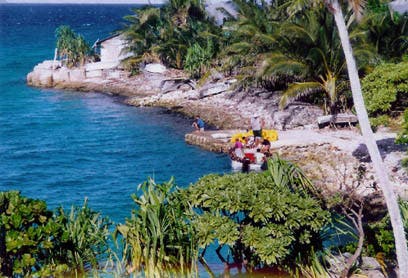Tokelau is a small island near Samoa, not far from New Zealand; at a first glance, it wouldn’t seem significantly different from other beautiful atolls in that part of the world, but Tokelau has something very special: they are on track to become the first territory entirely powered by solar energy.

The Diesel dependent country will rely on solar energy not only for heating and electricity, but also for cars – powering its entire fleet of cars straight from the Sun; but being fully straight here – there are no more than three cars on Tokelau, and under 2000 people. Still, the accomplishment is quite significant, especially from a symbolic point of view.
Lead contractor Powersmart Solar is helping Tokelau replace its diesel generators, which burn 200 liters of fuel daily with 4032 solar panels, 392 inverters and 1344 batteries.
“All across the Pacific there are clear issues with the current and expected future costs of electricity generated using diesel, not to mention the environmental costs and risks of unloading diesel drums on tropical atolls,” said Powersmart Solar director Mike Bassett-Smith. “Energy costs underpin the economic and social development of these nations and making a positive impact on these issues is the single most important reason we started this business.”

All in all, while it might not seem like a major accomplishment, Tokelau has definitely set a remarkable example, which will hopefully be followed by many other nations.






